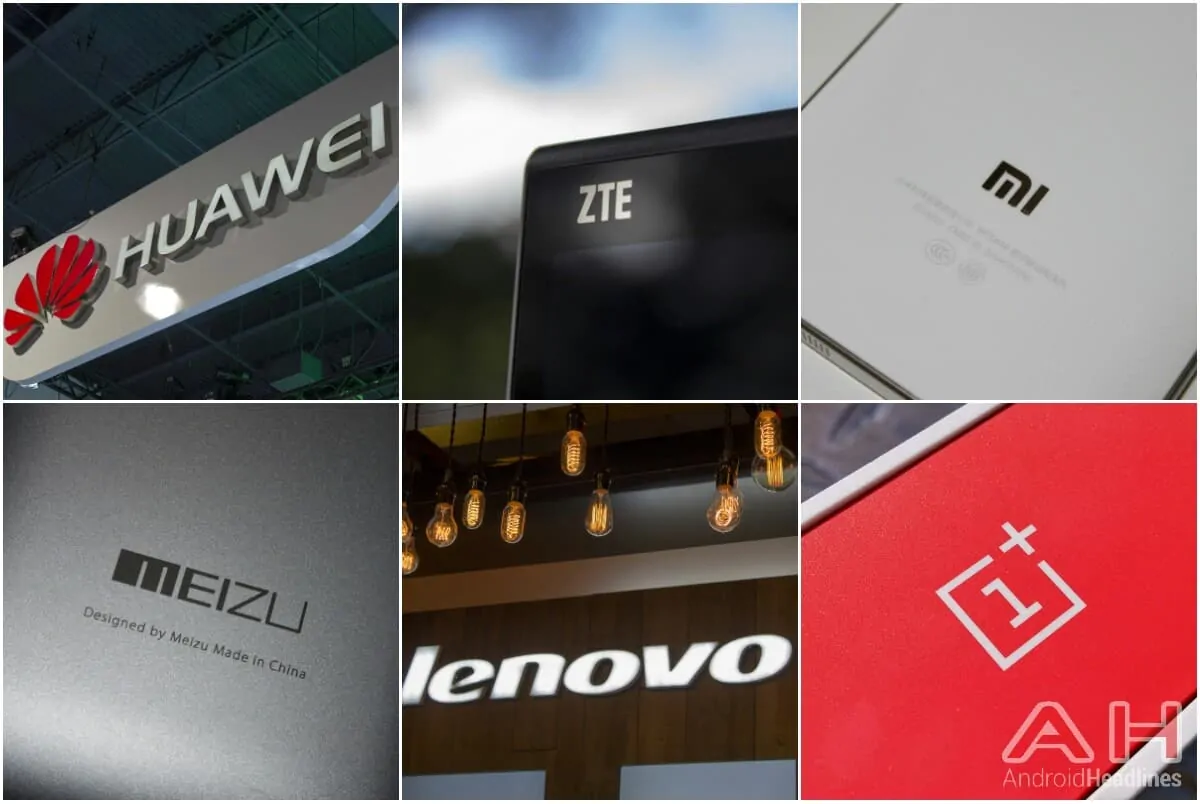India is already the third-largest smartphone market globally after China and the U.S., and it’s only getting bigger. According to a recent report from research firm Canalys, smartphone sales in the country grew a staggering 12 percent during the first three months of this year, spurred on largely by the continuing transition from 3G HSPA to 4G LTE with the launch of the country’s latest and most talked-about wireless carrier, Reliance Jio. The double-digit growth rate is truly remarkable any which way you look at it, but especially so when you consider that most of the sizable markets around the world are either experiencing negative growth or are growing only nominally, and that has been the case for years now. So it isn’t really a surprise that over the past couple of years, global smartphone makers like Samsung and Apple have been pulling out all stops trying to woo potential customers in the country that’s expected to surpass the U.S. by the end of this decade to become the second largest smartphone market in the world after China.
Meanwhile, even as recognized global tech giants were burning the midnight oil trying to perfect their strategy for the infinitely promising but infuriatingly chaotic Indian market, the Chinese smartphone market was fast reaching its saturation point and the country’s smartphone makers were looking for ways to expand beyond their geographic boundaries. Opportunity arrived in the form of their smaller and less affluent neighbor down south. India had long lived in the shadow of its relatively more prosperous northern neighbor, but unbeknownst to the country’s billion-strong population, the spotlight had already started to turn on them, and slowly but surely, their country was becoming the final frontier in the global battle for smartphone supremacy.
On paper, Samsung still retains its crown as the number one smartphone vendor in India, a position the company has held for the past several years. However, it’s the sea change that the rest of the market has gone through in recent times that has piqued the interest of many a market analyst and industry observer not just in the country, but around the world. With smartphone sales in the country growing at a breakneck speed, Chinese companies have been both the catalysts as well as the beneficiaries, going from a mere 15 percent market share in Q4, 2014 to over 50 percent during the first quarter of this year. In fact, so complete is their collective dominance that four of the top five smartphone brands in the country these days are Chinese, including Xiaomi, Vivo, OPPO and Lenovo.
While the rise of Chinese brands in India had long been predicted by many a market observer, what’s taken even some of them by surprise is the consummate ease with which these upstarts have muscled out home-grown incumbents by beating them at their own game of tailoring content, software and services to suit local tastes and linguistic preferences in an incredibly diverse country with over 20 official languages. There are already over 800 million mobile users in India, but that number is expected to inch up towards the 1 billion mark by the end of this decade. However, unlike the more developed markets in the West and the Far East, almost half those people still use feature phones, which represents a great opportunity for these companies to spread their reach and influence even further. So what is it exactly that the Chinese firms are doing right? To know that, we’ll have to delve a bit deeper into their past to see what they were doing back in their own country during the first few years of this decade, just before they set out on their Indian conquest.
While older Chinese multinationals like Lenovo and Huawei have been present in India for years, it was the entrance of the new breed of tech startups in the past few years that has taken the country’s smartphone market by storm, upsetting the applecart of indigenous brands like Micromax, Kabonn, Lava, Intex and the like. What started as a trickle with the entry of Xiaomi in the summer of 2014, turned into a torrent in the following years and eventually, the proverbial deluge with the arrival of OnePlus, Coolpad, Gionee, Meizu, LeEco, ZTE, QiKU, Honor, ZUK, Nubia and a whole host of other companies, brands and sub-brands, all jostling for space in a rapidly growing market. However, the two brands that have done better than most in the highly competitive environment in India are OPPO and Vivo, both of which are owned by Guangdong-based consumer electronics manufacturer, BBK Electronics.
Even though most of these companies have only entered India over the past two to three years, they have been able to garner such large market shares largely on account of their ‘When in Rome’ strategy. Unlike their South Korean rivals who insist on appointing expats to lead their missions in developing countries, the Chinese firms, for the most part, appointed Indian executives to lead their local units, helping them chalk out coherent strategies in a bewilderingly complex market. However, that’s where the similarities end between these companies, as their retail strategies cannot possibly be more different from one another. While cult brands like OnePlus and Xiaomi have concentrated on high-end hardware at rock-bottom prices, others, like OPPO and Vivo, differentiate their products with novelty features like selfie-flash or dual selfie-cameras, but charge a premium for those nonetheless.
Also different are the companies’ retail strategies. While Xiaomi, OnePlus, Coolpad, LeEco and a few others have traditionally concentrated on e-commerce to sell their products, the likes of OPPO, Vivo and Gionee have tied up with hundreds of thousands of retail stores around the country to do their bidding. Xiaomi, currently the second-largest smartphone vendor in India purely on the strength of its online sales, has now also taken a leaf out of OPPO and Vivo’s book, and has started selling its devices via offline retailers in an attempt to grab a larger share of the smartphone pie in a country where two-thirds of all smartphones are still sold via traditional brick-and-mortar retailers. With Indian bosses at the helm, these companies also have their fingers on the consumers’ pulse, which has allowed them to appoint brand ambassadors who are not only popular among the target consumers, but also, more often than not, proven to be the right fit for the product category.
All in all, it’s not at all hard to see why the Chinese companies have been so successful in the Indian market so far. They have shown some admirable qualities that have helped them win significant market-share in the country even in the face of a pseudo-nationalistic right-wing wave the country has been going through over the past few years, much like many other parts of the world. These companies have taken their learnings from home and implemented them in India in a way that has shown their willingness to adapt to local sensibilities and endured them to their rapidly-growing user-base. They are already Indianizing their offerings by setting up manufacturing bases in the country and appointing popular movie stars and cricketers as brand ambassadors, all of which are, no doubt, contributing to their growing acceptance among the general populace. It remains to be seen what tomorrow brings, but for now, it shouldn’t surprise anybody if one of these companies soon takes over as the leading smartphone vendor in India replacing the mighty Samsung.

